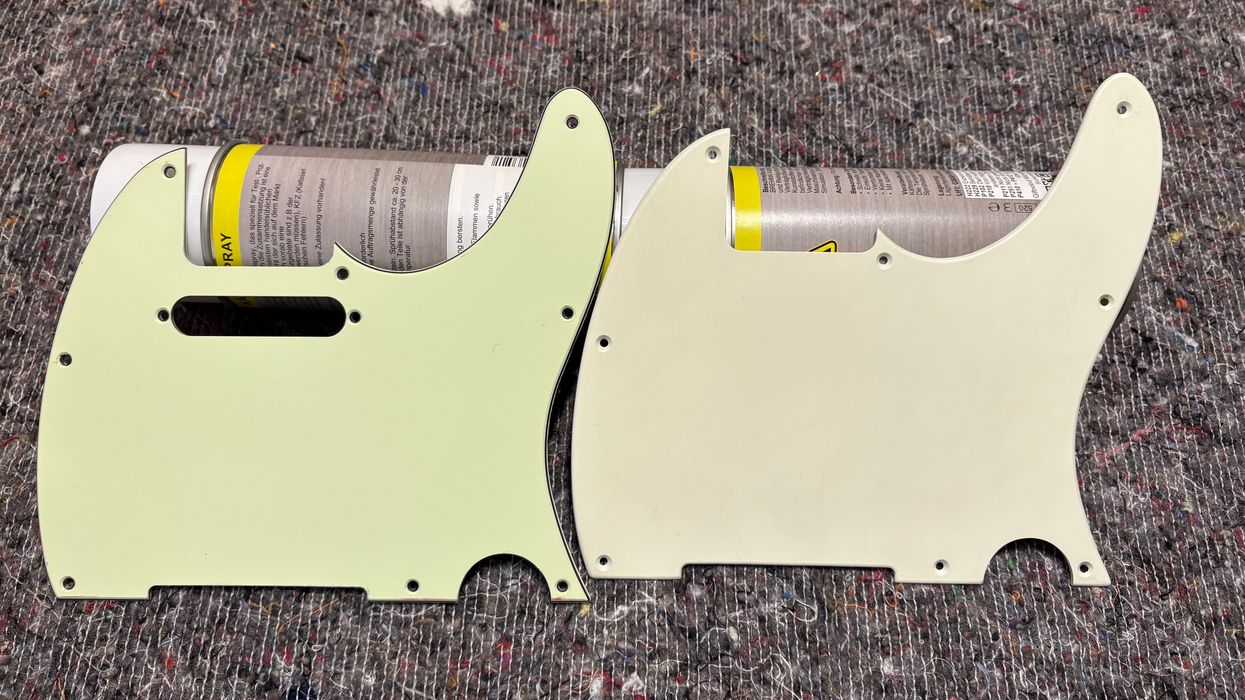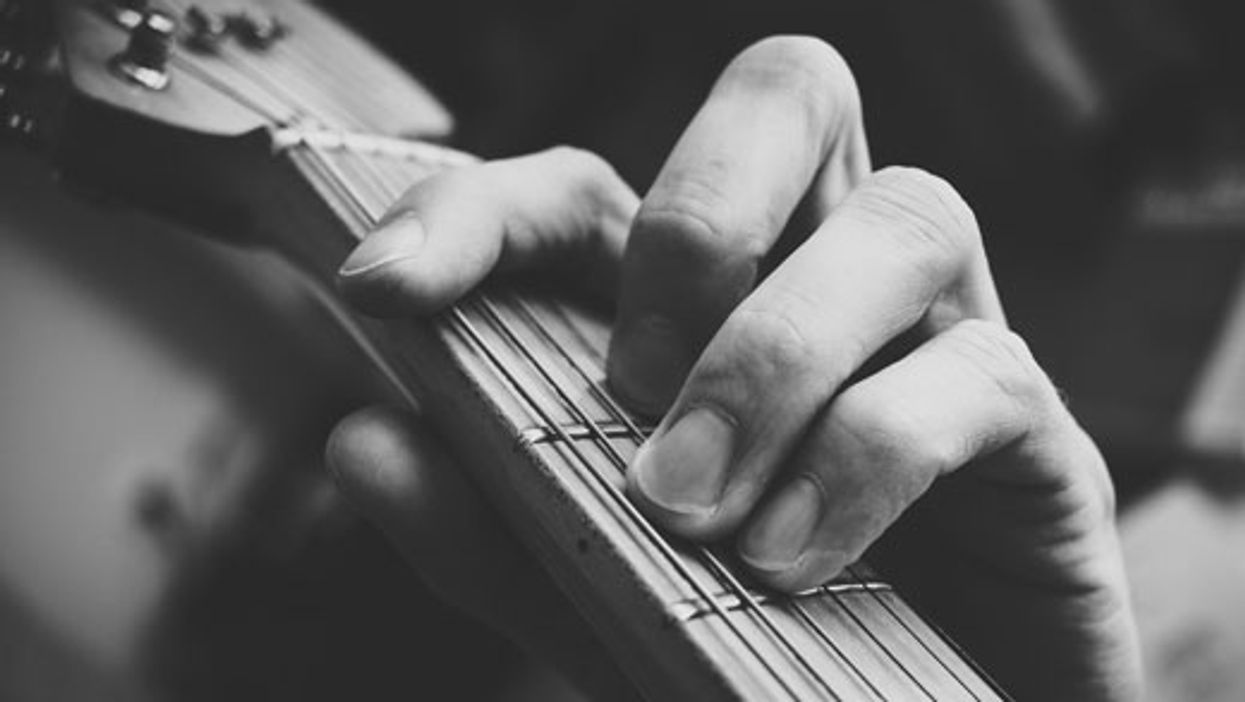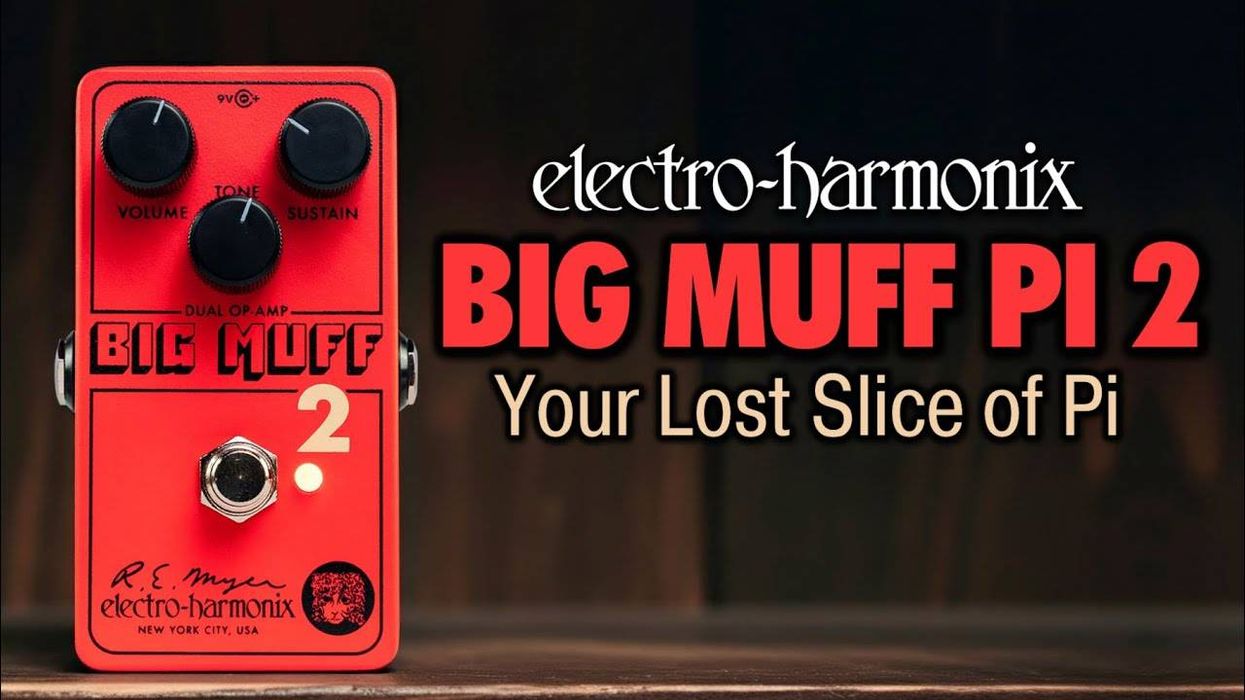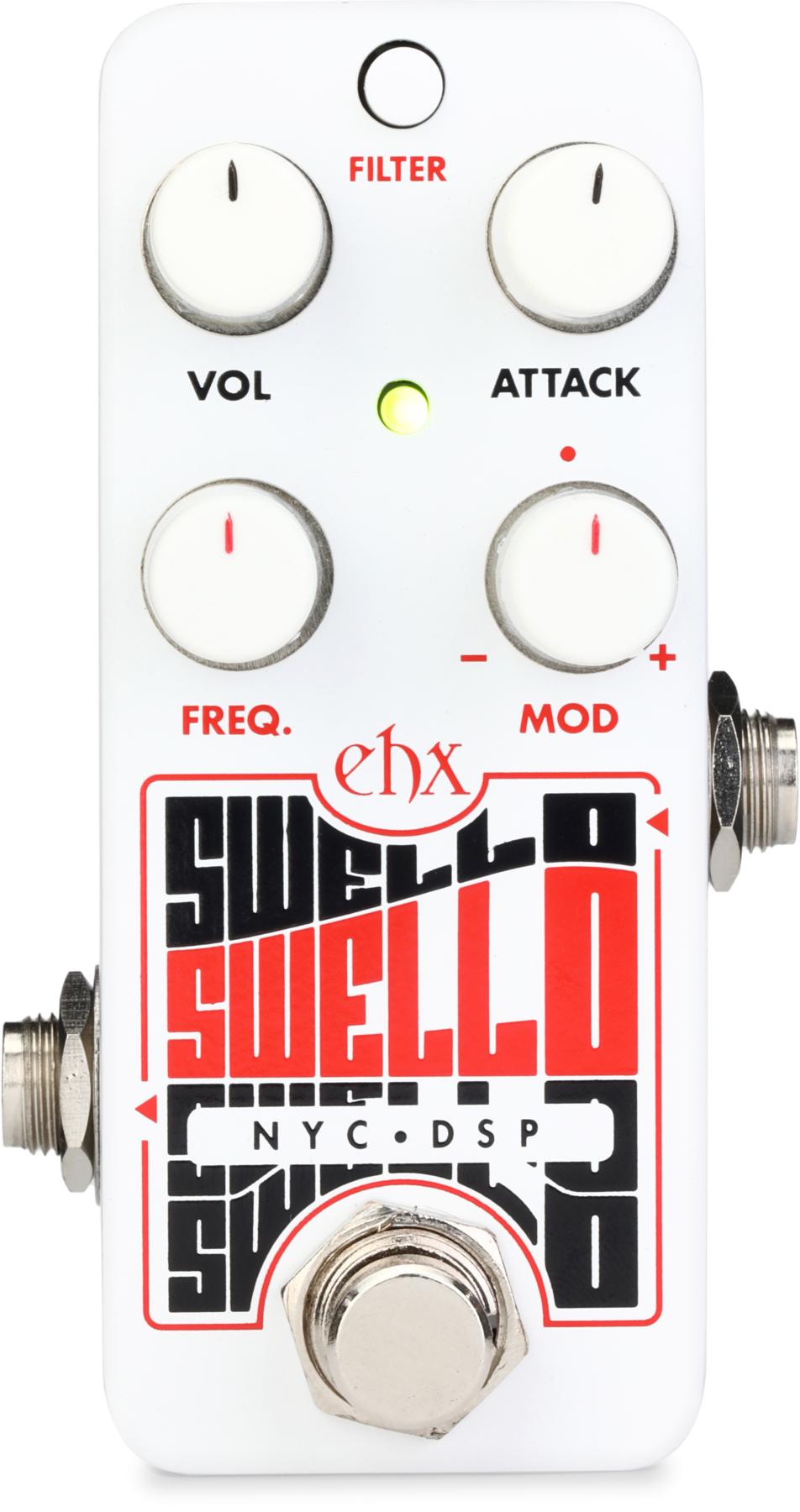D20
The Revv D20 is the world's first Two notes Torpedo-Embedded amplifier. This means not only is it a great-sounding Canadian-made 20 watt tube amplifier - you can play it anywhere without a cabinet while getting authentic tube tones straight into headphones, recording interface, powered speakers, or mixing desk. The Revv D20 is the perfect clean/crunch amp to pair with your favorite pedals, and brings modern convenience to an organic, compact, affordable tube package.
Revv D20 Demo - PG Gear Spotlight
Check out Revv Amps D20—a clean, 20-watt (reducible to 4) 6V6 output section and powerful Two Notes cab-sim capabilities make this 9-pound head (demo'd by Joey Landreth) both a great pedal platform and a conveniently portable gigging amp.
Revv D20 Demo - PG Gear Spotlight
By Shawn HammondSep 17, 2020
Shawn Hammond
Shawn Hammond was PG's editorial director from 2010 till the fall of 2022. You can follow him at @feverloveband.






















